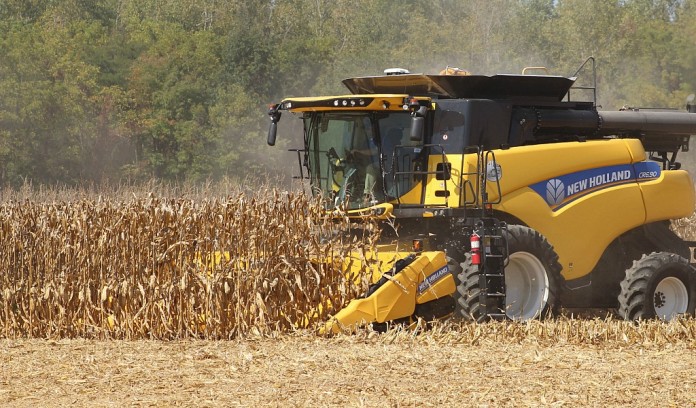The black cloud that hangs over grain marketing decisions for the near future is condensate from the many unanswered questions as we start this marketing year. All the questions have to do with the actual eventual size and condition of crops.
Report disbelief
Start with the biggie. Can we believe in the U.S. Department of Agriculture or even private surveys to have given us reliable estimates of crop size? USDA has lowered its expectations, but farmers and market observers are dubious that the reductions are enough.
USDA now says we will have a corn crop just under 14 billion bushels, down from the more than 15 billion they started out with. They say we planted 89.1 million acres for corn and will harvest 81.7 million for grain. They expect a yield of 176.4 bpa.
Private groups have published yields a few bushels less than that. There is a disturbing trend for private groups to use two numbers–an estimate of USDA results and an estimate of their actual guess.
Recipe for disaster
As I have said before, all the estimates are based on the crops getting ripe, and that is unlikely, especially in beans.
It is dubious in corn, based on reporting that some private groups struggled to find corn plants with ears on them when they counted fields in some areas of the Midwest.
Add to the problems the chance of lower test weight than normal, which reduces yield and quality.
Then add the fact that some observers think the harvested acres will be much less than USDA thinks, whether from immaturity or unresolved estimates of prevented planting.
Then, there is the issue of the methodology of estimating yields. I have been told that counting pods in soybeans is an inexact science since any size pod is still a pod.
Further, an ear of June-planted corn that is very immature, but can have rows and kernels counted is considered to have the same projected yield as a mature ear somewhere else. Common sense would say that this might not end well as for accuracy.
Prices dropping
For whatever reason, soybeans had a good month on the charts until the middle of September. From Sept. 9 to 16, November bean futures gained almost 54 cents, to 9.04-3/4. Unfortunately, they then lost 24 cents.
Credit the gains to follow-through from a friendly USDA crop report.
This came from some trade optimism, with the Chinese “B” team in town, and on sympathetic soybean gains after oil futures reacted to the Saudi bombing. Then, the Chinese went home early, skipping farm visits, and created an unknown that eased prices.
Corn futures had a rough month from early August to early September. We had a high of 4.24-1/2 on December futures on Aug. 9 and a low of 3.44-1/2 Sept. 9.
How do you explain an 80-cent drop while the crops look ugly? Blame it on a market that thinks the crops are growing well and has USDA numbers to encourage it.
USDA’s weekly Crop Progress Report says the harvest is behind, at 7% complete instead of 11. However, the ratings were up 2 percentage points, to 57% good and excellent, compared to 69% last year. Early harvest yield results are coming out of Illinois, showing a crop 18% off the record of last year.
Yield questions
This brings mixed ideas about yields in general. First, a lot of the drop should be expected after a record. But, second, this is the early and best corn.
Much of the Illinois crop, like other places, especially Ohio, was planted in June. We would expect huge declines in yields from the late planting, and we are not sure that is in the current estimates.
Ohio’s crop is reported only 32% good and excellent, with just 3% of that excellent. Soybeans, which are at risk of not getting mature, still were reported to have condition unchanged at 54%.
This compares to 68% last year. The current weather, cool and damp, is seen as good for the late beans, so there is hope for some crops.
The harvest is delayed this week in much of the Midwest. Three inches of rain late last week will keep combines from running, even where the early fields are ready. The harvest delay might have helped corn prices briefly.













